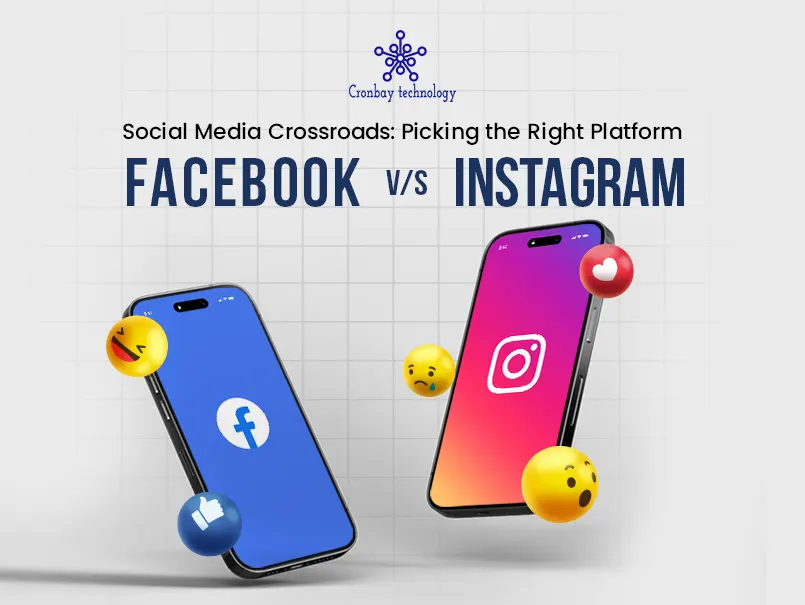The problem of invalid clicks must be dealt with seriously. It is possible that your account may be permanently disabled due to this. As a result, each AdSense publisher must know what constitutes invalid conduct.
The internet advertising industry is flourishing as a result of COVID-19, and marketers must take extra precautions to guard against illegitimate clicks, which account for 11% of search ad clicks and 36% of display advertising clicks. So, in this essay, we will go through this topic.
What is the invalid activity?
Any clicks or impressions that may increase an advertiser's expenses or a publisher's revenues artificially and for which Google chooses not to charge the advertiser are considered invalid activity.
A publisher's ad clicks, a publisher's clicks on his advertisements, click created by automated tools or traffic sources, robots, or other misleading software are all examples. Using any means to produce clicks or impressions intentionally is absolutely banned by the AdSense program standards, so please be aware of this.
Does Google Ads charge for invalid clicks?
Unintentional or malicious software-induced clicks on advertising that Google deems to be fraudulent. Google has sophisticated technologies to detect erroneous clicks and impressions and delete them from your account data. The system scrutinizes every click on an ad. As soon as Google judges a click to be illegitimate, the company tries to remove it from your reports and payouts instantly.
In very unusual circumstances, a click could be ruled illegitimate and erased, but the conversion that resulted from that click might not necessarily be destroyed as well. Because of this, there is a possibility that the number of conversions will end up being more than the number of clicks.
Does Google block invalid traffic?
Google does weed out spam and IVT claims that aren't legitimate. Instant refunds are given to apparent sources of illegitimate traffic, such as duplicate clicks from the same source.
Any practice that artificially increases the number of clicks or impressions on Google advertising is explicitly banned by the Program's regulations. They may suspend or deactivate your account if they detect excessive quantities of invalid traffic on your account. The quality of your traffic may also be limited or completely disabled if they are unable to verify this. This might cause a discrepancy between your expected and actual profits, as well.
They are aware that your advertising may get invalid traffic generated by a third party without your knowledge or consent. In the end, it's up to the publisher to make sure the traffic coming to your advertising is legitimate.
Is it really invalid traffic?
You should know that you may accomplish this manually, but it's far preferable to use a third-party IP monitoring service. It's more efficient and less expensive to use a specialized tool, but if you don't want to spend money on third-party software, you may do it the old-fashioned way as an alternative.
To get a refund from Google, you must supply exact information. The following are some of the details included within:
Scammers are using your customer ID IP addresses to access your account-
- Fraudulent clicks have start and finish dates
- Influenced by the campaigns
- Ad groups and ad keywords have been impacted
- Assuming Display/Search networks are enabled
- Ads that have been authorized by the prior month
- If your bids or budget have gone up
- Display placements that seem suspicious
A list of your server's IP addresses is necessary, and although publishing advertising online is challenging enough, manually searching through your server logs is far more onerous.
When Are You Eligible For A Refund?
Having the appropriate information before requesting a refund from Google is essential. To be successful, you must do something. Regularly, you may make a request, but you'll need to acquire all relevant proof first.
Only if Google is sure that the data you submit indicates invalid traffic will it provide you with a refund. This won't function if you give Google access to your whole history of ad clicks. If you do so, you'll significantly decrease your chances of receiving a refund.
Your campaigns will need a lot of time and effort to sort out what isn't click fraud. You're mistaken if you think Google will spend time sorting through hundreds of thousands of links.
Refund requests may only be made if you're delighted with your investigation's results. Only once per 60 days is allowed, so make sure you have all the necessary information.
How to get a refund?
To get a Google Ads refund, the first step is to gather as much information as possible. However, keep in mind that you'll need to provide some information in Google's form. The following details are requested:
- Customer's unique identifier.
- The impacted ad groups and keywords
- List of the bogus clickers' IP addresses
- Odd placements of displays
As you can see, there's a lot of data to gather. Even if you're successful, you won't get compensated for your efforts. Unfortunately, this is the only option to seek a refund if you've already purchased the item.
Logging onto Your Server
In the absence of a third-party monitoring solution like PPC Protect, you may have difficulty finding the proof you need. Because Google Analytics and Google Advertising consider IP addresses personally identifiable information, they don't record the IP addresses of people who click on your ads as usual.
- If you don't use a third-party monitoring service, you'll have to acquire the data yourself.
- You'll have to review your server logs by hand to figure out which traffic is coming from Google Ads if you don't have tracking software.
- Once you've identified the people visiting your website as a result of your advertising efforts, you can begin searching for IP addresses that keep coming back.
- In a day, these are the ones that appear repeatedly. If you decide to proceed with this stage, you may collect the necessary information in the following manner.
- You should have enough information to begin filling out the refund request form after reviewing a few months of your server logs. Obtaining the IP addresses of any suspicious devices is critical.
You'll have a hard time persuading Google that you've been a victim of click fraud without them. Due to the limited number of claims every 60 days, you must report your results entirely and accurately.
How long does it usually take to get a refund?
Google Ads refunds may be requested by deleting your account while a balance remains. A credit to your bank account or credit card linked to your Google Ads account will be immediately initiated upon your request. Refunds are processed in two weeks by Google and take an additional two weeks by your credit card provider. They will need your bank account information to conduct the refund if you paid via money transfer.
Final Thoughts
Your ad campaigns may be costing you money that isn't being converted into sales. You may seek a refund from Google if you discover that you've been the victim of false clicks.
If you want to get your money back, follow these suggestions and ensure that your advertising is optimized correctly in the first place. You may also take the help of the professionals by clicking here and booking your appointment with them.
Frequently Asked Questions
Q1. Why is it important to keep your website safe from invalid visitors?
Ans. It's not uncommon for ad publishers to get unwanted traffic, such as bots or invalid visitors. Clawbacks on ad income and, in certain situations, the termination of AdSense or ad accounts are the results of this. A rival may be using bots to drive traffic to their own site. It's possible that this is a kind of ad fraud.
Q2. What exactly does "invalid traffic source" refer to?
Ans. Invalid traffic encompasses both clicks that were made inadvertently and click that were made purposely fake. Clicks or impressions that are created as a result of publishers clicking on their own live advertisements. Clicks or impressions on advertisements that are made repeatedly by the same person or individuals are examples of invalid traffic.





